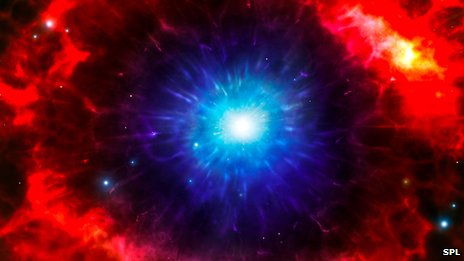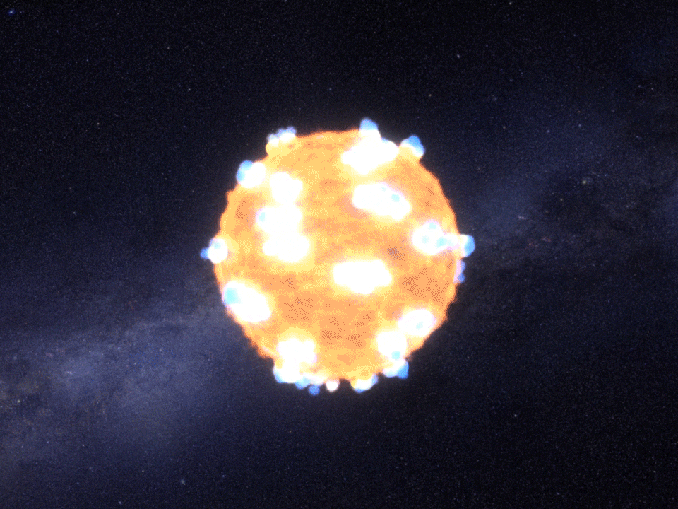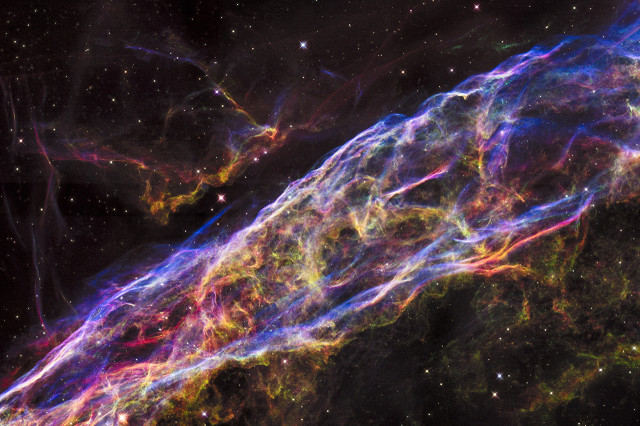Supernova hunters win 2011 Nobel Prize in Physics
i am lighting several standard candles to celebrate.
so far, all of the winners are still alive.
i am lighting several standard candles to celebrate.
so far, all of the winners are still alive.




